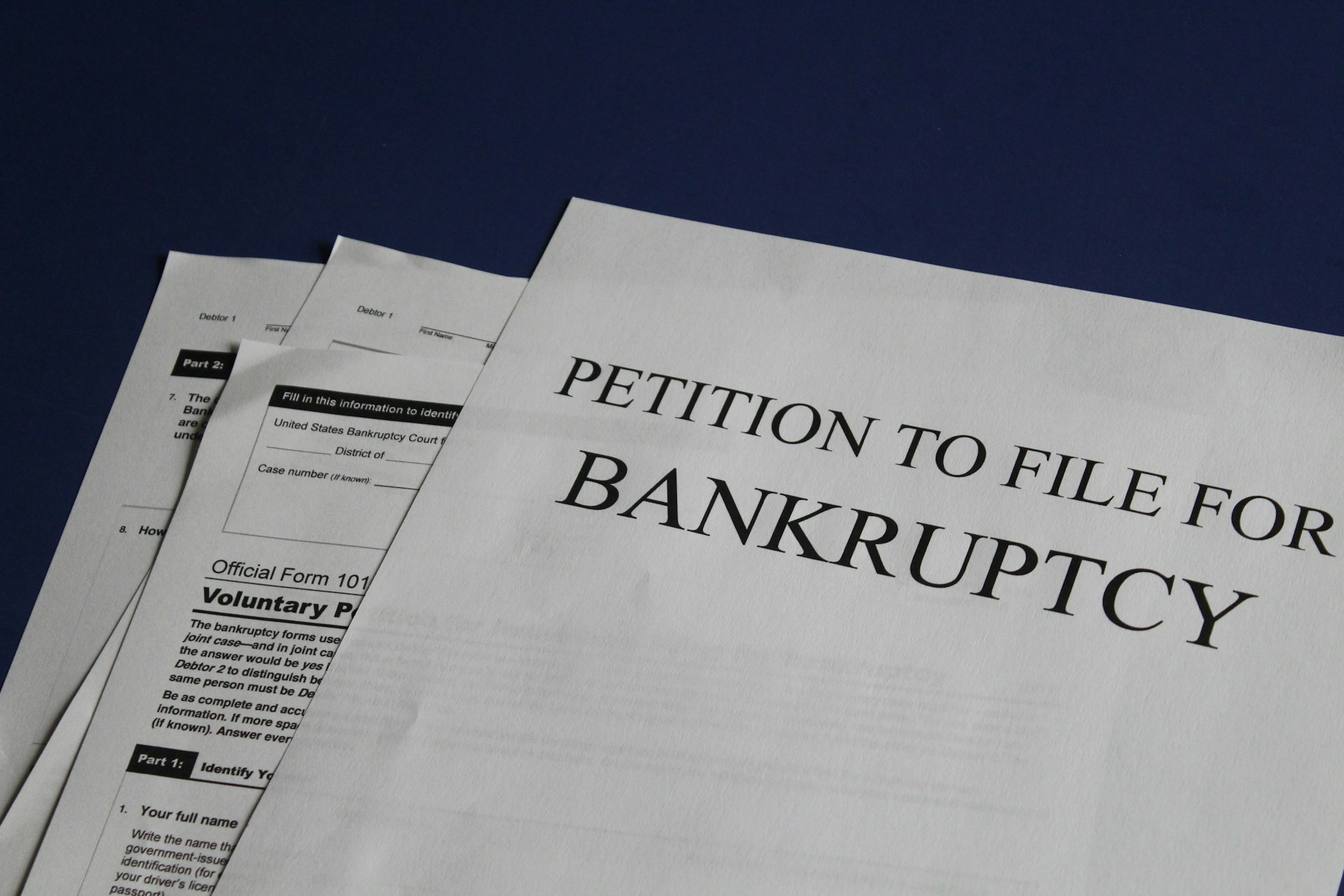Finance
More Student Loan Borrowers Are Filing For Bankruptcy To Offload Debt

Clear Facts
- A growing number of Americans are filing for bankruptcy to offload student loan debt after a three-year payment hiatus.
- The Department of Justice reported 632 borrowers filed for bankruptcy to eliminate student loans between November and September, an increase from the pre-pandemic average of 480.
- The Biden administration introduced a new legal pathway in November 2022, making it easier for borrowers to discharge federal student loan debt in bankruptcy.
A growing number of Americans are filing for bankruptcy to offload their student loan debt after a three-year payment hiatus. The Department of Justice said in a news release published Thursday that 632 borrowers filed to use bankruptcy in order to eliminate student loans in the period from November through September, an increase from earlier levels. By comparison, the pre-pandemic average annual rate was about 480.
The spike is “significant” because there has been a pandemic-era freeze on federal student loan payments in place since March 2020. But that pause officially ended at the beginning of October, setting up a potential financial shock for millions of Americans. The average monthly bill hovers between $200 and $299 per person, although it is even higher for some borrowers, according to the most recent Federal Reserve data.
Collectively, borrowers are to resume paying about $10 billion a month, according to an analysis from JPMorgan. “The departments anticipate that this trend will continue,” the Justice Department said in the release.
The uptick in bankruptcy filings comes one year after the Biden administration introduced a new legal pathway that made it easier for borrowers to discharge federal student loan debt in bankruptcy. The updated guidelines from the Justice and Education departments, announced in November 2022, were designed to make it easier for the government to identify whether to grant a discharge without “unnecessarily burdensome and time-consuming investigations.”
Congress had previously set a higher bar for discharging student loan debt when compared to other types of debt like medical or credit card, requiring borrowers who seek to file for bankruptcy to demonstrate they will suffer “undue hardship” if the debt is not discharged. Now, borrowers must prove they meet three criteria in order to offload their student loan debt: lack the ability to repay the loan currently, are unable to repay the loan in the future and made a good-faith effort to repay the loan.
The government said the latest data on loan discharges suggested the rule change has succeeded in making it easier for eligible borrowers to achieve a bankruptcy discharge of their federal student loan debts. “One year ago, we set out to simplify and improve the process for student loan borrowers in bankruptcy,” said Associate Attorney General Vanita Gupta in the news release Thursday. “Our one-year review indicates that our efforts have made a real difference in borrowers’ lives by ensuring student-loan discharges are more accessible to eligible borrowers.”
The policy shift is part of President Biden’s efforts to reduce or eliminate student loan debt for Americans. The Supreme Court earlier this year struck down Biden’s student loan forgiveness plan that would have wiped out up to $20,000 in loans per borrower. Since then, the White House has announced other efforts to reduce student loan debt, including erasing $127 billion of debt owed by about 3.6 million borrowers.
Clear Thoughts
The surge in bankruptcy filings to discharge student loan debt exposes the flaws in our higher education financing system. The Biden administration’s recent legal pathway, making it easier for borrowers to offload federal student loan debt, is a Band-Aid solution to a deeper issue. The true problem lies in the skyrocketing costs of college education and the burden it places on young Americans.
Rather than focusing on temporary relief, it’s time to address the root cause: making higher education more affordable and accessible. Until we do so, we’ll continue to see the crippling effects of student loan debt on our nation’s future.
Let us know what you think, please share your thoughts in the comments below.

Susan
November 22, 2023 at 8:39 am
When debt is not repaid, and that is all debt, not just school debt, it affects all of us. It drives everyday prices up. Not only that, it produces a mentality that bankruptcy is ok, and that overspending is not a big deal. Everything is out of control and Biden has just made it worse, which has all been planned.
Francisco Machado
December 26, 2023 at 8:47 pm
“Biden’s efforts to reduce or eliminate student loan debt” – King Joe’s not reducing or eliminating student loan debt – he’s reallocating it, assigning it to people who didn’t contract for it or benefit from it. King Joe, who wouldn’t raise taxes on anyone making less than $400,000. But his inflation – that’s a highly regressive tax, a crippling tax to the poor, one that (and his invasion) instill fear and fiscal restraint on the middle class exerting a crippling effect on the economy. And the Progressives express pride at what he’s accomplished.
Doc423
February 27, 2024 at 9:25 am
Back in my Student Loan days (40 years ago) you couldn’t “wimp-out” thru bankruptcy of your legal and moral obligation to pay back student loans.